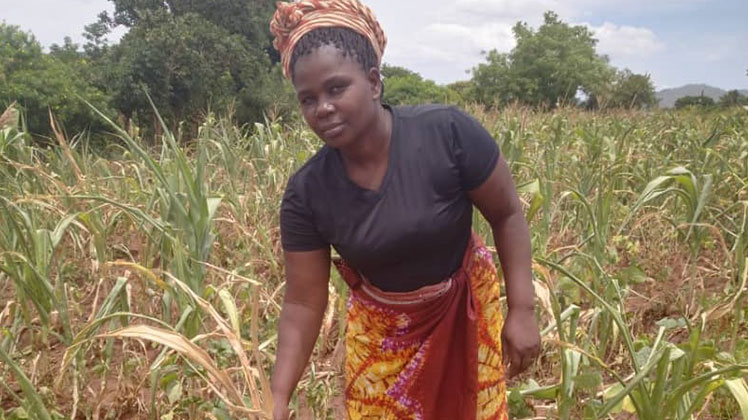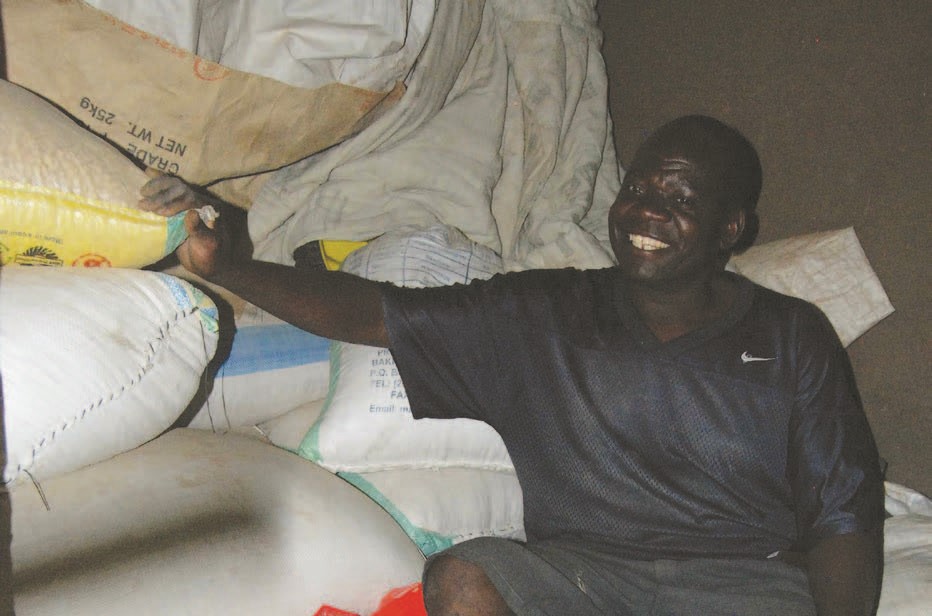Turtles tackle snail fever
Lake Malawi plays home to almost 1 000 fish species and other living things, including rare turtles secretly poached for food and for sale.
Science shows that the turtles help reduce the spread of bilharzia by feeding on snails which harbour worms that cause the disease.

However, the country’s turtles are disappearing fast. They are increasingly hunted for food by locals and trafficked for sale by tourists and their accomplices.
Turtle smuggling
Director of Parks and Wildlife Brighton Kumchedwa says his department has made “positive strides” in the fight against illegal trade in turtles from Lake Malawi.
For instance, on November 13 2013, the Department of National Parks and Wildlife together with the police in Mangochi intercepted a Chinese national found in possession of live and dead turtles without a permit.

This contravenes Section 86 of the Wildlife Act amended in 2017.
“However, there are many efforts by the department as a State agency mandated by law to conserve, manage wildlife both in protected areas and natural habitats, including the turtles in Lake Malawi,” says Kumchedwa.
The department works with different partners to enforce wildlife protection laws and control illegal trafficking of protected species in and outside the country.
Biological control
A 2019 study in Senegal, published in the American Journal of Tropical Medicine and Hygiene, shows that turtles, like predatory fish that feed on snails in shallow lakes, reduce bilharzia transmission.
The disease manifested by blood in urine and stools scare visitors away from Lake Malawi, the country’s largest tourist attraction and fishing ground.
In Nkhotakota, Manott Musa confirmed a dramatic decline in turtle population in Chia Lagoon and shallow parts of Lake Malawi.
He said the sightings of snails have become sporadic in areas where turtles have not vanished.
“I have grown knowing that turtles feed on snails,” he says. “In areas where turtles have not disappeared, the snails are few. This encourages us to take care of the turtles which reduce the burden of bilharzia in our lakeshore areas.”
The fisher asks government to protect the endangered turtles, a delicacy in some communities along Africa’s third-largest freshwater lake.
“The turtles could be a natural control on bilharzia, which is prevalent in in our area,” says Musa
Snail fever
Bilharzia remains prevalent in Traditional Authority Kalimanjira in Nkhotakota, where nearly every household around Chia Lagoon has a story to tell about the disease altenatively known as snail fever.
Laison Bengo, from Manga II Village, says: “Since the disease is common, most people here have just accepted it as part of life.
“We urinate blood, but we just move on. It pains, but life goes on. The main challenge is that people do not adhere to medication.”
Community health workers frequently visit the area to offer life-saving tips and treatment.
“However, some people just dump the drugs in toilets,” says Bengo.
His neighbour Idrisa Wyson called for mass awareness campaigns to counter myths and misconceptions about the drugs.
“Most people here stop taking the drugs before completing the dose, saying they cause lower abdominal pains. They don’t understand the importance of taking the pills,” he says.
Nkhotakota recorded 2808 bilharzia patients between January and June this year, reports district health promotion officer Garry Chilinga.
Such figures ramp up the requirement for routine provision of bilharzia drugs and mass campaigns in hotspots.
The disease caused by schistosomiasis is also common in Mangochi. The hotspots include Malindi, Makanjira, Mangochi Town, Mpondasi, Malombe and Monkey Bay.
Mwayi Chipeta, district coordinator of bilharzia control and prevention, says assessments among school-going children showed the disease is high.
“We sampled 10 school children in the hotspots and all had bilharzia. This shows how serious the disease is,” he explains.
Health facilities in Mangochi treated 829 patients in the first half of this year, says Chipeta.
Saving millions
A bottle containing 1 000 prazquantel pills costs over $123.07 (about K100 000).
Chipeta asked for support from organisations of goodwill to combat the disease.
“Bilharzia drugs are expensive, so we only administer them once a year. This might not be effective,” he states.
The disappearing turtles could help save millions spent on procurement of drugs.





